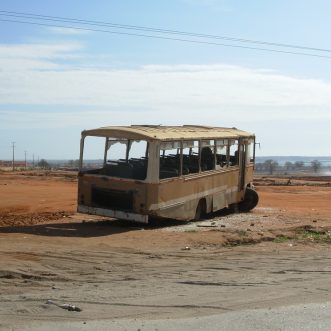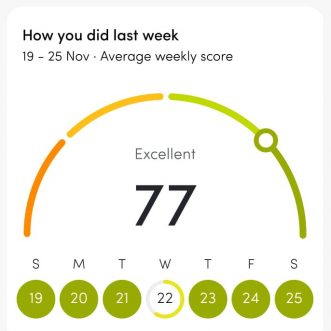
What’s music got to do with it?
Over the last week, I’ve been working though my thinking on why a business is a system for making and … Read More “What’s music got to do with it?”

Over the last week, I’ve been working though my thinking on why a business is a system for making and … Read More “What’s music got to do with it?”

As soon as you see the deerstalker hat, the meerschaum pipe and the magnifying glass, you know exactly who the … Read More “Props”

If a business is what it does – a set of interacting processes designed to make and keep promises to … Read More “If a business is what it does, don’t stick spanners in the works.”

What a business does, is what it needs to do to fulfill its the primary activity of making and keeping … Read More “A business is what a business does – part 2”

If this is what matters to a prospect or customer: Then a business is really what it does. Actually, most … Read More “A business is what a business does – part 1”

Feedback isn’t just for your team. For example, the people at Zoe have really thought about how to use feedback … Read More “Client feedback”

‘Positioning’. It’s one of those marketing terms you feel you should know. When you’re networking with other business owners you … Read More “Positioning.”

One of the things I really dislike about Microsoft Windows is the way updates barge in and trample all over my setup, like the wombat in the comparethemarket commercial. The convenience of auto-updates is more than offset by the work I have to put into getting everything back in order.
Why can’t there be a protocol for signifying which apps are critical so that any incoming update or install can avoid overwriting their registry details?
I appreciate that I may be asking the impossible, but if nobody asks, nothing will change.
So why not me?

What will it do?
When we start our businesses, we don’t really know.
We know what we want to do. More of the things we enjoy, less of the things we don’t, with no interference from the boss.
We have an inkling that left to ourselves, we can probably produce something much more in line with what the customer wants than we were able to as a small cog in a big machine.
Or we hope that having experienced a problem and found a new solution, there might be others who will welcome what we’ve discovered.
In truth, we don’t really know who they are, what they want, or how they want it.
That’s fine.
The job of a startup is to find that out. We need to be observant, flexible, opportunistic, open to a different who, a different what. A certain amount of thrashing is inevitable.
But once we do know who and what, thrashing no longer serves. Now we need to concentrate on how. Hand-crafting a consistent customer experience, ‘doing things that don’t scale’ until we’ve really hit the mark.
Until finally, we’ve answered the question “What will it do?”
You’re no longer a startup.
And the next challenge begins.
Because if you really have hit the mark for a significant number of people, the next question is “How can I do it like this for more people?”, “How do I replicate my actions through other people or through software so that I can reach more of the people who want what I can offer, in the way that I offer it?”
You don’t have to scale of course. You can stick with a handcrafted service and a select clientele. Just make sure they are paying you full value for that.
But if you want to reach more people, have an even bigger impact, you need to think about scaling up the system you’ve inadvertently designed.
Scaling up starts with treating it as a design, rather than a happy accident- soon to be overtaken by the next.
Which means starting by writing your design down. So there’s a reference point, a specification, an intention.
So that from now on, everyone knows what it has to do.
Otherwise how can you work how best to share the work? Or how best to automate it? Or whether the solutions you’ve chosen actually do the job? How do you know where to be flexible and where to stay firm? Or where you can leave it to the people on the ground to decide?
It doesn’t mean the design can’t change, it just means that every change is in service to what everyone knows it has to do.
And as we’re discovering with HS2, waiting until its half-built to decide exactly what it’s meant to do, is an expensive way to fail.
Discipline before you start building makes real Daring possible later.

“Good design is as little design as possible”. Dieter Rams.
The point is not just to keep it simple, but to keep it radically simple for the user.
That takes radical empathy.
And that means radical focus.
It took me 6 months to work out how to get back to the home screen on my ipad. Not because I’m stupid, but because I’d grown up with Microsoft, and it wasn’t designed for me.
You can’t do radical empathy for everyone.
So…
Save it for the people who really, really need what you can do for them.
Then blow their minds with how easy it is to buy and use.
Discpline makes Daring possible